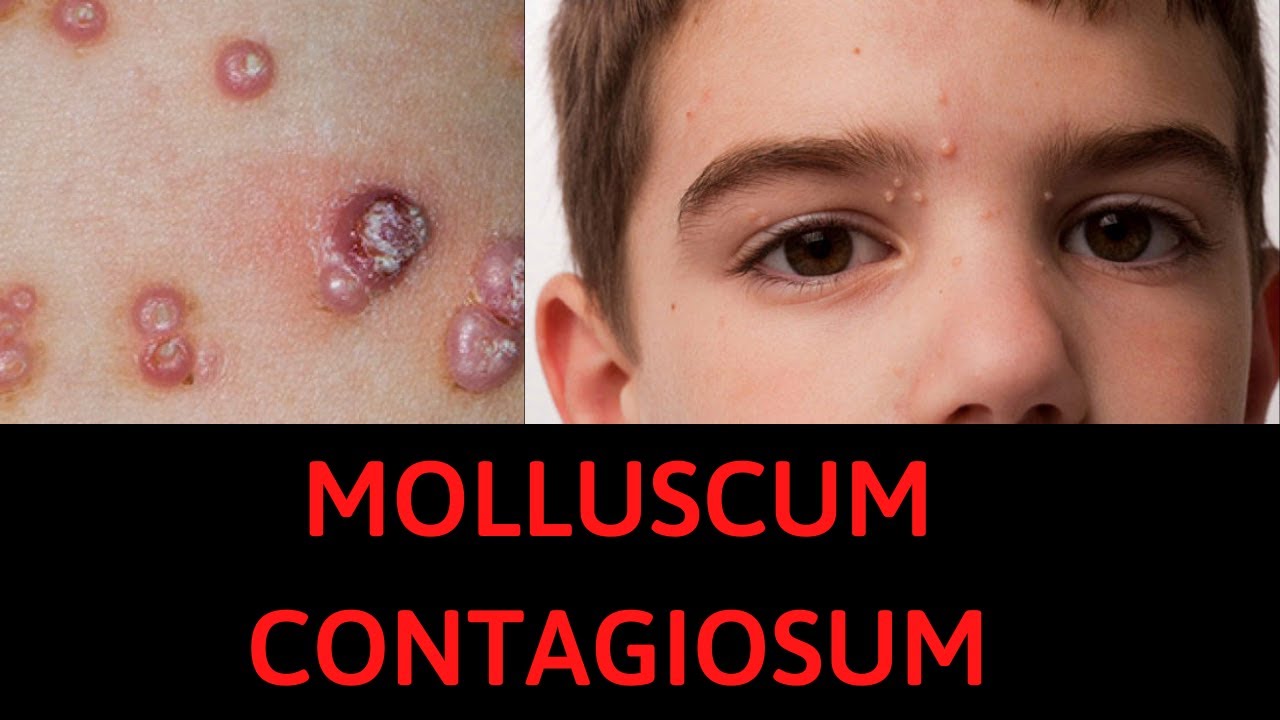
DiYES International School – Molluscum Contagiosum is a common viral skin infection that affects children. The infection causes small, raised bumps to appear on the skin. These bumps are usually round, smooth, and have a central dimple. Although it’s not serious, Molluscum Contagiosum can be bothersome and concerning for parents. The virus that causes the condition is contagious, but the infection typically resolves on its own without medical intervention.
Molluscum Contagiosum is caused by a poxvirus. This virus spreads through direct skin-to-skin contact. It can also spread via contaminated objects, such as towels or toys. The virus enters the skin through tiny cuts or abrasions. Once infected, the virus triggers the formation of raised, pearly bumps on the skin. These bumps are often mistaken for warts, but they are a different type of skin lesion.
“Read about: The Impact of Anemia on Child Development and Growth”
The most noticeable symptom of Molluscum Contagiosum is the appearance of small, firm bumps on the skin. The bumps are usually flesh-colored or white, with a dimpled center. They may range in size from a pinhead to about half an inch in diameter. The bumps typically appear in clusters, especially on areas where the skin is often in contact with other surfaces. These areas include the face, neck, armpits, and inner thighs.
It’s important to note that Molluscum Contagiosum is usually painless. In some cases, the bumps may become red, itchy, or swollen. Rarely, the bumps can become infected with bacteria, leading to more discomfort. However, the condition is generally mild and does not cause long-term harm.
A doctor typically diagnoses Molluscum Contagiosum by examining the skin. The distinct appearance of the bumps makes it easy for healthcare providers to identify the infection. In some cases, a biopsy may be performed if the diagnosis is uncertain. However, this is rare since the symptoms are usually clear.
While Molluscum Contagiosum often resolves on its own, treatment may be recommended in some cases. If the infection is widespread or causing discomfort, a doctor may suggest treatment options. These may include topical creams, cryotherapy (freezing the bumps), or minor surgical procedures to remove the bumps. However, these treatments are not always necessary. In many cases, the bumps will disappear on their own within 6 to 12 months.
For children who experience itching or discomfort, over-the-counter creams may help. These creams are designed to soothe the skin and reduce irritation. Parents should avoid trying to remove the bumps themselves, as this can lead to scarring or infection.
“Read more: Step-by-Step Tips for Decluttering Your Garage and Creating More Space”
Since Molluscum Contagiosum is highly contagious, parents should take steps to prevent the infection from spreading. Children with the infection should avoid close contact with others, especially in settings like schools or daycare centers. It’s also important to teach children not to scratch or pick at the bumps, as this can spread the virus to other areas of the body or to other people.
Sharing personal items like towels, clothing, or sports equipment should be avoided. Parents should ensure that children wash their hands regularly and keep their skin clean. If the child has the infection, it may be helpful to cover the bumps with a bandage or clothing to reduce the risk of transmission.
Most cases of Molluscum Contagiosum do not require medical intervention. However, there are situations where a doctor should be consulted. Parents should seek medical advice if the bumps become painful, swollen, or infected. Additionally, if the bumps spread rapidly or are causing distress to the child, a healthcare provider can help determine the best course of action.
Molluscum Contagiosum is a common, though harmless, viral infection in children. While it can be concerning for parents, it usually resolves on its own. Understanding the causes, symptoms, and treatment options can help parents manage the condition effectively. By taking simple preventive measures and consulting a doctor when needed, parents can ensure their child’s health and comfort during the healing process.